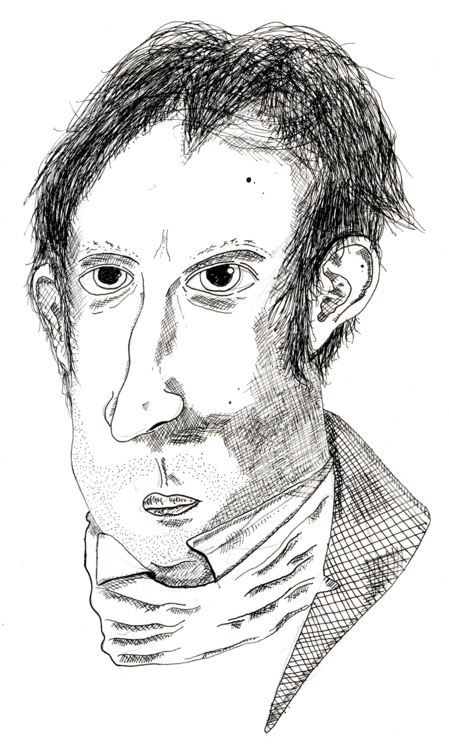28 November 2014
Celebrating Historic Newspapers
In the four weeks leading to Christmas Europeana Newspapers partners are holding on- and offline events to promote the successful conclusion of a 3-year long collaboration to aggregate and make cross-searchable over 8 million pages of historic newspapers. You can explore this wealth of content in 22 languages via the Newspapers browser at www.theeuropeanlibrary.org/tel4/newspapers and via Europeana.eu. Some of the thematic articles featured on the project website highlight press reports about the 1917 Russian Revolution, the birth of the Republic of Estonia in 1920 and a petition against the building of the Eiffel Tower. The possibilities for mining this European newspapers dataset excite equally content providers, researchers and technology experts, and could lead to new collaborative projects that will exploit this content through data analytics.
To find out more about the richness of this historic newspaper content, contributing libraries and planned events, follow Europeana Newspapers on Facebook, @eurnews on Twitter or visit the project website at http://www.europeana-newspapers.eu/
You can print your Christmas gift tags with historic newspaper images here.
Rossitza Atanassova
Curator, Digitisation

